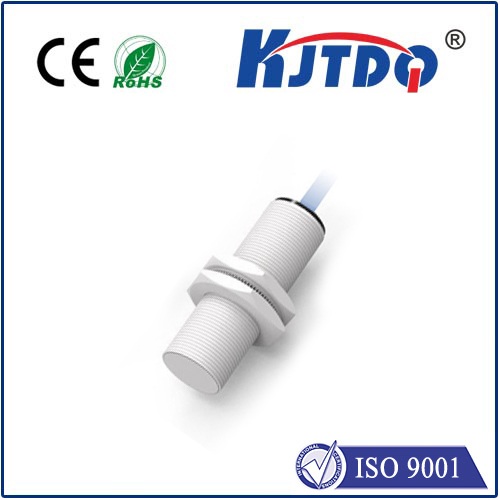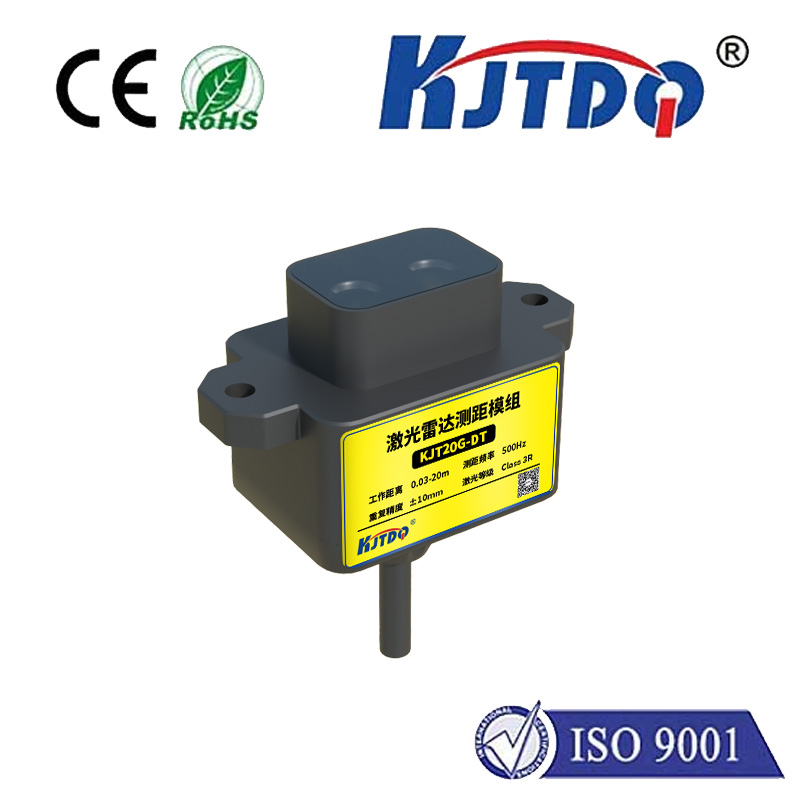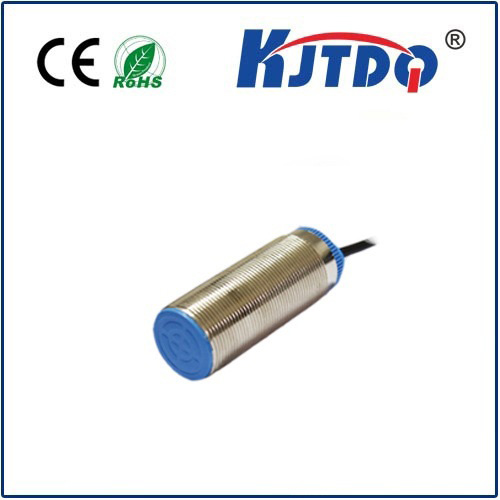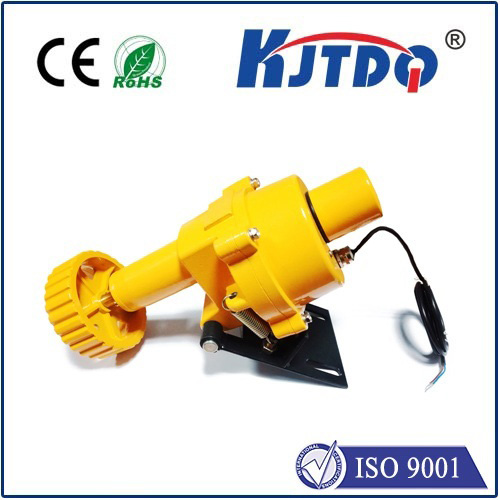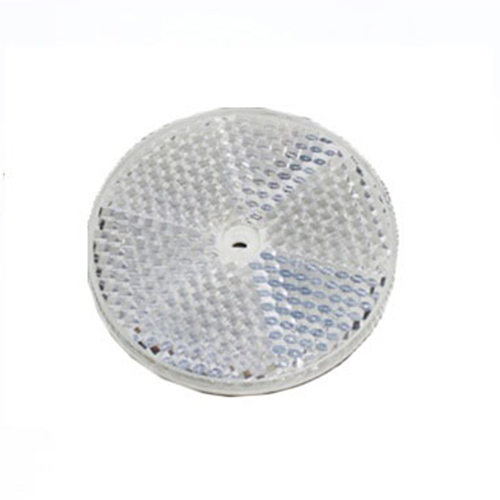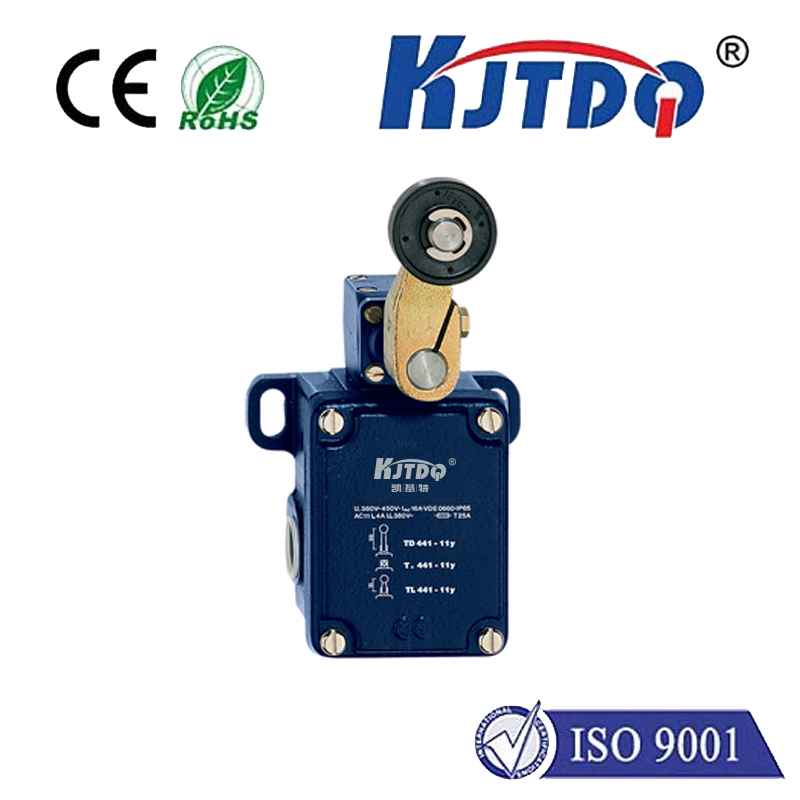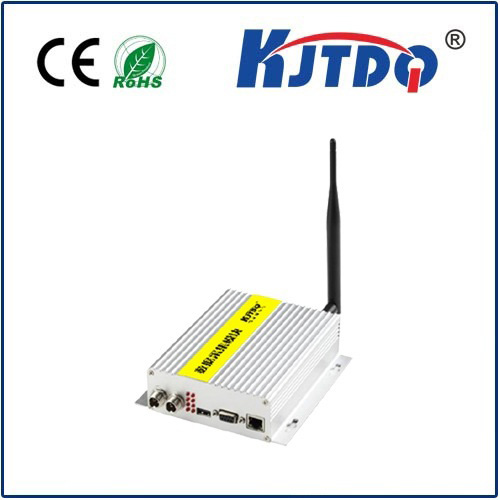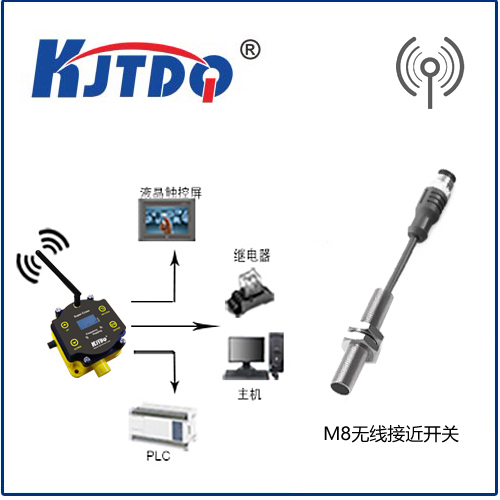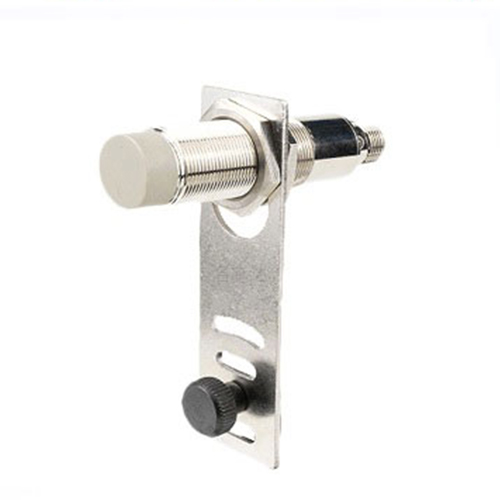Mastering Distance Measurement with VL53L0X V2 and Arduino: A Comprehensive Guide In the world of electronics and robotics, precision is key. Whether you’re building a robot, a drone, or a smart home device, accurately measuring distances can make all the difference. Enter the VL53L0X V2, a cutting-edge time-of-flight (ToF) laser ranging sensor that has revolutionized distance measurement. When paired with an Arduino, this sensor becomes a powerful tool for a wide range of applications. In this guide, we’ll explore how to harness the full potential of the VL53L0X V2 with Arduino, from setup to advanced usage.
The VL53L0X V2 is the next generation of STMicroelectronics’ popular VL53L0X sensor. It offers improved performance, higher accuracy, and lower power consumption, making it ideal for projects that require precise distance measurements. With a range of up to 2 meters and millimeter-level accuracy, the VL53L0X V2 is perfect for applications like obstacle detection, gesture recognition, and even 3D mapping.
To begin, you’ll need the following components:
VL53L0X V2 sensor
Arduino board (Uno, Nano, or Mega)
Jumper wires
Breadboard (optional)
The VL53L0X V2 communicates with the Arduino via the I2C interface. Here’s how to connect the sensor to your Arduino:
VIN (VL53L0X) to 5V (Arduino)
GND (VL53L0X) to GND (Arduino)
SDA (VL53L0X) to A4 (Arduino Uno/Nano) or SDA (Arduino Mega)
SCL (VL53L0X) to A5 (Arduino Uno/Nano) or SCL (Arduino Mega) Примечание: If you’re using multiple VL53L0X sensors, you’ll need to change the I2C address of each sensor to avoid conflicts.

To interact with the VL53L0X V2, you’ll need to install the VL53L0X library in the Arduino IDE. Here’s how:
Open the Arduino IDE.
Go to Sketch > Include Library > Manage Libraries.
Search for “VL53L0X” and install the library by Pololu.
With the library installed, you can now write a simple sketch to read distance measurements from the VL53L0X V2. Here’s an example:
# Включая# Включая
VL53L0X sensor;
void setup() {
Serial.begin(9600);
Wire.begin();
sensor.init();
sensor.setTimeout(500);
sensor.startContinuous();
}
void loop() {
int distance = sensor.readRangeContinuousMillimeters();
if (sensor.timeoutOccurred()) {
Serial.println("Timeout occurred!");
} else {
Serial.print("Distance: ");
Serial.print(distance);
Serial.println(" mm");
}
delay(100);
}
This code initializes the sensor and continuously reads the distance in millimeters, printing the result to the serial monitor.
One of the standout features of the VL53L0X V2 is its ability to work in tandem with multiple sensors. This is particularly useful in applications like 3D scanning or multi-directional obstacle detection.
To use multiple VL53L0X sensors, you’ll need to assign a unique I2C address to each sensor. This can be done by controlling the XSHUT pin of each sensor. Here’s a brief overview of the process:
Disable all sensors by setting their XSHUT pins LOW.
Enable one sensor by setting its XSHUT pin HIGH.
Change the I2C address of the enabled sensor.
Repeat for each sensor.
The VL53L0X V2 offers a range of settings that can be customized to suit your specific needs. For example, you can adjust the measurement timing budget and precision mode to optimize the sensor’s performance for your application.
While the VL53L0X V2 is a robust sensor, you may encounter some issues during setup. Here are a few common problems and their solutions:
Sensor not detected: Ensure that the I2C connections are correct and that the sensor is powered properly.
Inaccurate readings: Check for obstructions or reflective surfaces that may interfere with the sensor’s laser.
Timeout errors: Increase the timeout value or reduce the measurement timing budget.
The versatility of the VL53L0X V2 makes it suitable for a wide range of applications. Here are just a few examples:
Obstacle Detection: Use the sensor to detect and avoid obstacles in autonomous robots or drones.
Gesture Recognition: Implement gesture-based controls in smart devices.
3D Mapping: Combine multiple sensors to create detailed 3D maps of an environment.
Proximity Sensing: Enhance user interfaces with proximity-based interactions.
The VL53L0X V2 is a game-changer in the world of distance measurement, offering unparalleled accuracy and versatility. When paired with an Arduino, it opens up a world of possibilities for your projects. Whether you’re a hobbyist or a professional, mastering the VL53L0X V2 will take your creations to the next level. So, grab your components, fire up your Arduino IDE, and start exploring the potential of this incredible sensor today!
